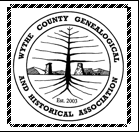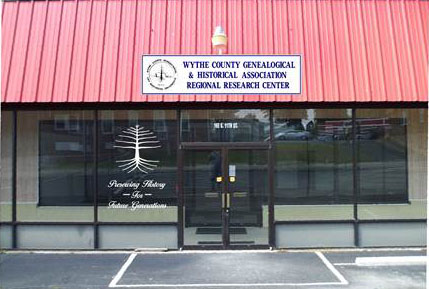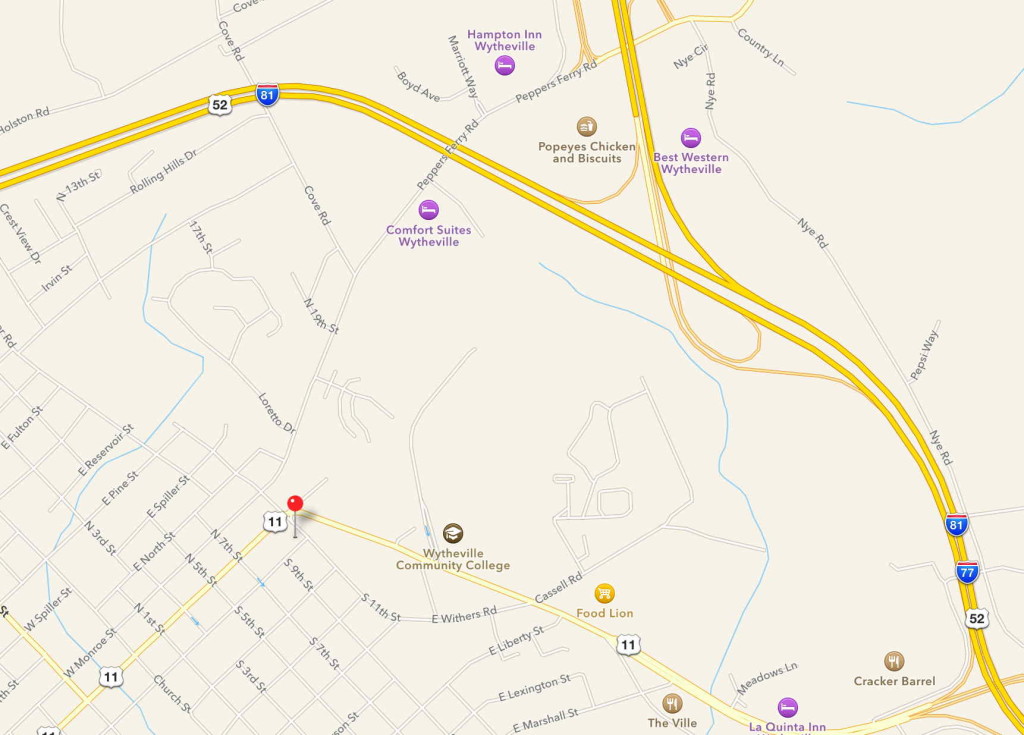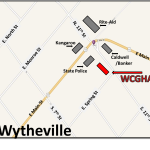Wythe County Genealogical and Historical Association Regional Research Center
The Wythe County Genealogical and Historical Association is a non-profit Regional Research Center for the genealogy and history of Southwest Virginia, with a focus on area families and history. We provide a variety of resources for genealogical research, and sponsor an annual Family History Institute conference that brings in speakers and researchers from all over the U.S. We invite you to visit us at 165 South 11th Street in Wytheville, VA. Click here for directions and hours and location. Wythe County Genealogical and Historical Association is an equal opportunity provider.
Wythe County
Wythe County was organized by an Act of the Virginia Assembly on December 1, 1789. Although he never lived here, the county was named for George Wythe, a noted lawyer of Eastern Virginia, one of the signers of the Declaration of Independence and the designer of the Virginia Seal.
When Wythe County was formed, the area included part of what is now the eastern part of Smyth County, the western part of what is now Pulaski County, all of Grayson and Carroll counties, and most of what is now Bland County. By 1861, the county limits had been permanently established.
Wytheville
In May of 1790, Christopher Simmerman donated ninety acres for the town, and John Davis contributed ten acres with a large spring. These donations of land were accepted in the first county court session, held at the home of James McGavock at Fort Chiswell.
On June 22, 1790, the court justices chose several of the leading citizens to direct the survey in laying off the one hundred acres for a town and a place for the “permanent court house.” The town survey was completed by November 24 of that year. Each lot was one-half acre in size. At this time, the town had no specific name, other than Wythe Court House, a name often used in the early days.
On October 19, 1792, the General Assembly passed an act establishing the town as Evansham, probably pronounced Evans-ham as it was named for Jesse Evans, a prominent local citizen at the time.
On March 6, 1839, following the great town fire, the name was changed to Wytheville at a time when the town had 500 inhabitants.
WCGHA Facebook Group
Keeping up with our motto “Preserving History for Future Generations”, WCGHA has created a private Facebook Group called Wythe County Research. Our focus is for like minded folks with Wythe and Sister County connections to share information. Our link is https://www.facebook.com/groups/585873507415378




